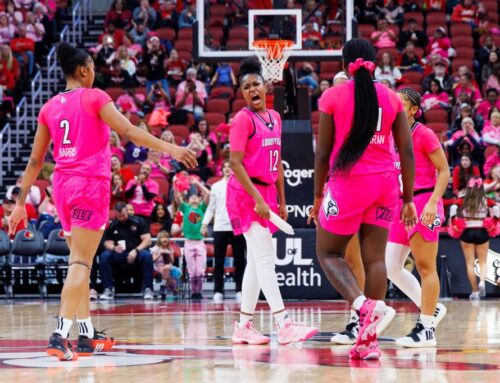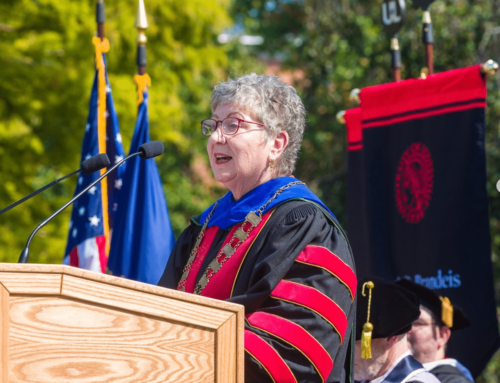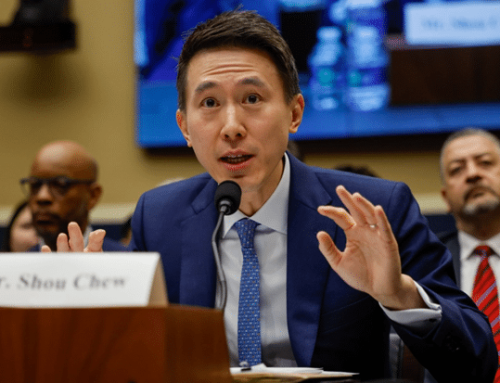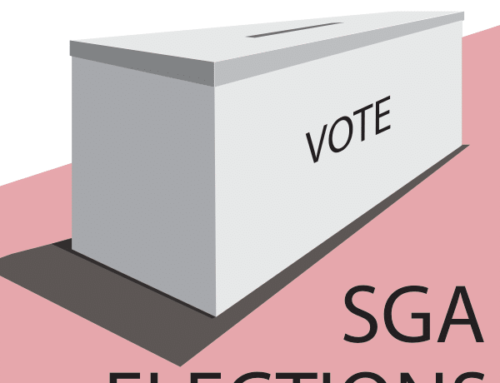By Stephen Kristmas
For anyone who has ever spent any amount of time in the downtown area, it is nearly impossible to have escaped the phrase, “Excuse me, do you have a few dollars or some change you can spare?” Before that comes disclaimers of all types, something of a general apology, followed by justifications of anything from bus rides to something to eat.
The heart skips a few beats. All kinds of ideas and mental images rush through the brain in fractions of seconds. That simple request causes feelings of fear and danger to compete with compulsions toward compassion and giving. They tangle and thrash in a fray of moral and instinctual dilemma, often ending in an all too familiar, “No, sorry.”
The Louisville Metro Council now has an ordinance before them aimed at banning any panhandling in the Downtown area. Barring the soliciting of money-giving on the street within 20 feet of an ATM, on private and residential property, as well as after dark and on all modes of public transportation. This essentially eliminates the practice as we know it.
Also targeted in the ban is what has been termed “aggressive behavior” associated with panhandling, defined primarily as any activity that hinders a person’s free passage on the street or the pursuit of a person once they have denied a request.
The city’s agenda is undoubtedly justifiable: besides being a common nuisance, the unchecked behavior can compromise the safety of the people of the city. Aside from this personal safety, streets filled with panhandling deter pedestrian and foot traffic and in turn detract from patrons of local business and attractions.
With that in mind, without the practice of panhandling, what direct contact does the average city-dweller or patron have with the homeless? The ban is certainly a practical step and has enough bad side effects to be seen as a bruise on the skin of the city.
A bruise has systems within the body that recognize it and it doesn’t simply disappear. Often a bruise, despite the initial shock of the skin’s discoloration, is all too easily forgotten about once its immediate pain goes away.
Is another consequence of this ban, though, the alleviation of the pain of a sore – the compartmentalization of a very real and living problem? What follows is, yes, a cleaner and more openly friendly downtown. Where does the dirt go?
Killing the immediate pain of the problem makes everyone feel better, but is the only way to achieve this end denying that there is a stoppage of blood flow? Is it reasonable, with all considered, to expect it to unclot itself and flow back into the general circulation; a circulation that looks to forget that it ever stopped its flow?





